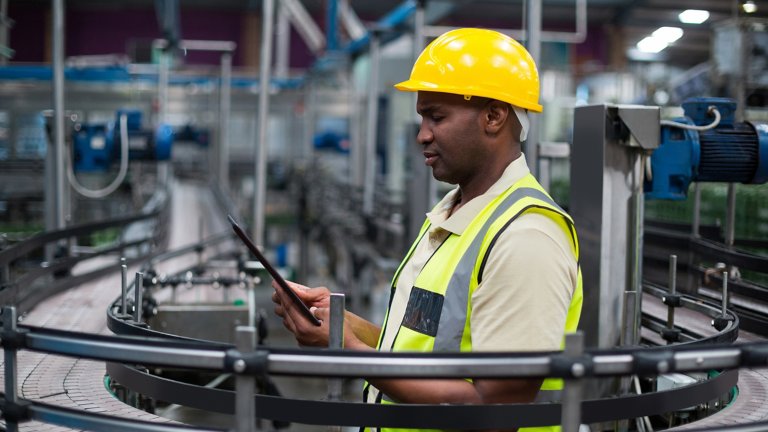In many ways, the day we’ve long been waiting for has finally arrived.
For years, OEMs have struggled to combat the prevailing perception of customers who viewed their offerings as mere commodities. Value was based on a machine’s ability to meet specifications. And while quality and aftermarket service capabilities were important considerations, equipment evaluation was heavily weighted on purchase price.
Evolving digital technologies and the Industrial Internet of Things (IIoT) have changed how end users view machine purchase decisions. Increasingly, companies are turning to their OEMs for support in meeting digitalization objectives and maximizing the effectiveness of their investments.
Stepping Up to the Opportunity
If you’re an OEM, this change in customer mindset presents an extraordinary opportunity to transition to a more consultative role with your customers and deliver differentiated services that capitalize on digital capabilities.
How? It starts with a new, service-oriented approach to sales and broader conversations with key business stakeholders at your customer’s site.
For OEMs who have traditionally focused conversations on technical machine capabilities with plant-level personnel, engaging in solutions-oriented discussions with leadership in operations and IT doesn’t come naturally.
But that is exactly what is required.
And the good news is, your intrinsic knowledge of your machines puts you in an ideal position not only to address questions regarding specific use cases and performance capabilities. But also to speak to longer-term customer aspirations that can expand the scope of your services, such as:
- Adoption of new capabilities that improve productivity – like 3D process emulation, intelligent conveyance, robotics, and real-time diagnostics and analytics.
- Integration of IIoT technologies, including immersive experiences in AR and VR, to deliver connected customer services such as predictive maintenance.
- Transition toward “as a service” agreements to alleviate end user’s CapEx requirements.
Transforming Your Business Model
If you’re like many OEMs, evolving your organization to one that places more emphasis on the digital service component of your business is challenging.
How do you determine which digital innovations are best aligned with your offerings and customer aspirations? What development mode will work best to drive new digital programs? How do you set priorities?
A study by Harbor Research provides more information on what the new service-oriented, digital paradigm means for OEMs and their go-to-market approach. And then provides a framework and model that OEMs can use to analyze the entire lifecycle of their machines.
The four-stage framework includes:
1. Discovering & Defining. How OEMs can demonstrate the value of sensors and data to their customers – and go beyond siloed equipment to create integrated, end-to-end solutions that support smarter decision-making.
2. Framing & Focusing. Strategies that focus on customer value, resolve potential installation concerns – and accelerate worker onboarding with intuitive, instructive interfaces.
3. Examining & Learning. Ways OEMs can play a more active role in operations and maximize connected machine efficiency.
4. Organizing & Acting. How OEMs can capitalize on connected machinery to create a two-way interaction between machine builder and end user that supports service opportunities ranging from machine monitoring and digital AR/VR work instructions to ongoing remote assistance.
Learn more about this framework – and how you can identify digital use cases to generate service revenue streams throughout the lifecycle of your offerings.



